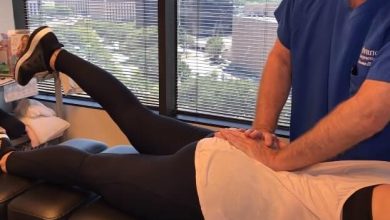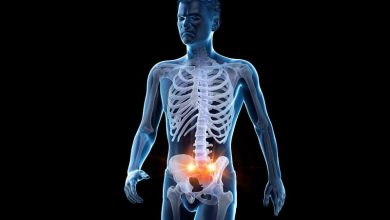Treatment of Sacroiliac Inflammation
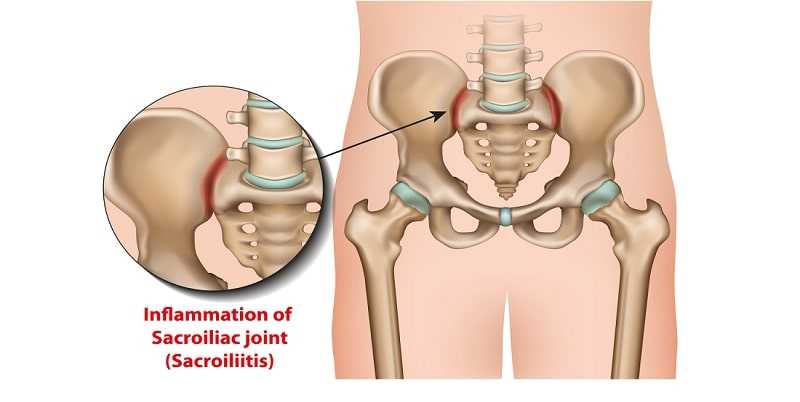
Sacroiliac Joint Inflammation
Sacroiliac joint inflammation, which is also known as sacroiliitis, can be due to several possible causes, the most common of which is the build up of osteoarthritis. It may also be due to other forms of arthritis such as rheumatoid arthritis, spondylitis, or gout; a sudden impact to the spine, hip, or pelvis due to accident or injury; muscle imbalance; chronic stress fractures, bad posture, and; hormonal changes or dislocations. Pregnancy causes sacroiliac joint pain because the woman’s hormonal changes loosen her connective tissues in preparation for childbirth.
The sad truth about it is that sacroiliac joint inflammation cannot be avoided especially when the person ages. But its severity can be considerably reduced with a well-maintained body weight and proper conditioning. A healthy body weight helps prevent the cartilage from getting injured and possible arthritis.
Because of the varied contributing factors to the ailment, treatment of sacroiliac inflammation also comes in varied ways. The application of treatment is based largely on the symptoms and signs demonstrated by the patient, and on the essential cause of the inflammation. Usually, it would include a combination of rest, physical therapy, and medications. Sufferers of sacroiliac inflammation are usually advised to take some rest to promote recovery. Doctors may also recommend physical therapy, as this can do so much in resolving sacroiliac inflammation. It promotes stabilization of the spine, and relaxation of the muscles and nerves around the joints. During physical therapy sessions, the patient is taught proper range of motion and stretching exercises to promote joint flexibility, and strengthening exercises to enhance muscle stability.

Moreover, doctors may prescribe taking both steroidal and non-steroidal anti-inflammatory drugs (NSAIDs) to ease the inflammation. In some cases, doctors may recommend only a short period of narcotics since these drugs can be habit-forming if taken for a longer period. Muscle relaxants, such as cyclobenzaprine , can alleviate muscle spasms.
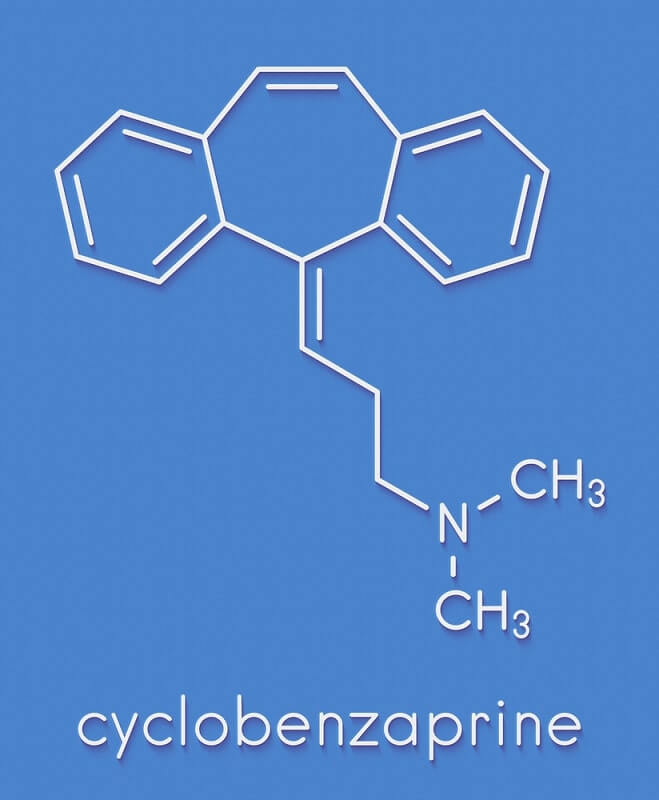
Likewise, corticosteroids, such as betamethasone or triamcinolone may be administered by injecting it into the affected joint to ease the swelling and pain; although this should only be used occasionally because steroids bring harmful side effects to the joints and also tendons. Disease modification antirheumatic drugs (DMRDs), such examples include sulfasalazine and methotrexate, are also helpful in treating ankylosing spondylitis. In addition, there are also (TNF) tumor necrosis factor inhibitors that may relieve the ankylosing spondylitis-related inflammation. Examples of which include etanercept, adalimumab, and infliximab.
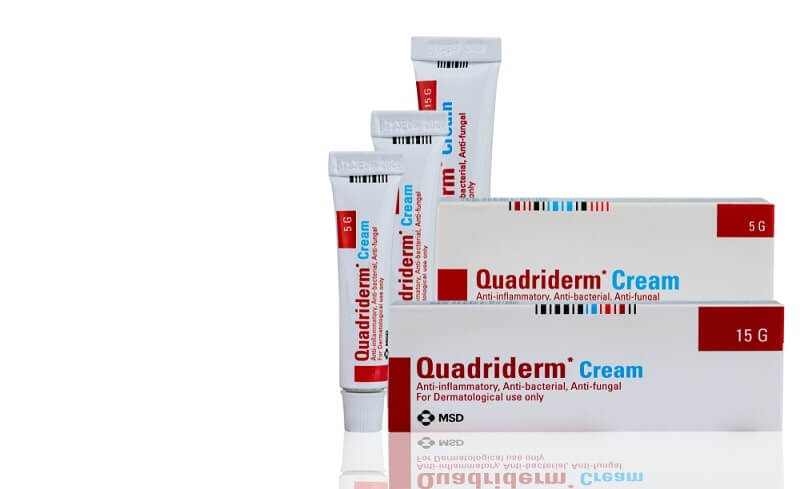
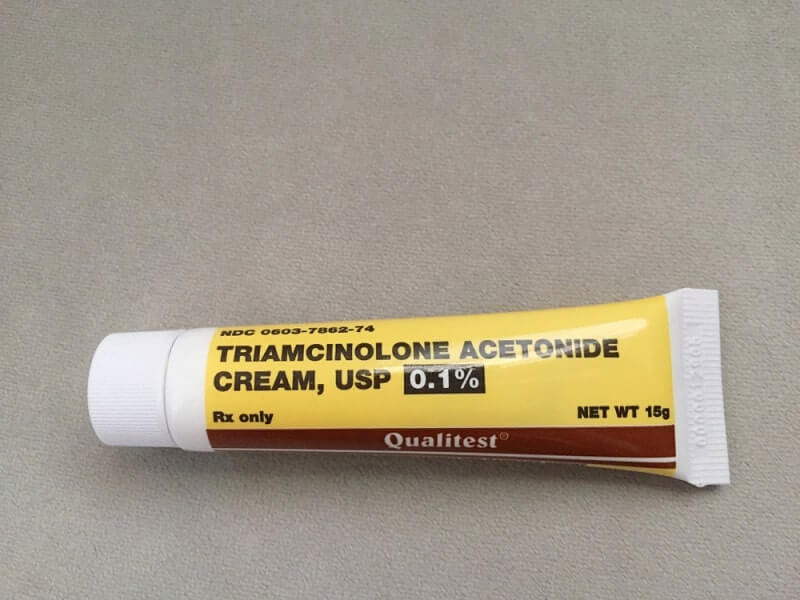
It should be noted, however, that the above mentioned medications may not be applicable to pregnant women since many which are not suitable to their condition. As much as possible, pregnant women with sacroiliac joint inflammation must limit their treatment routine to physical therapy and rest instead of resorting to medication; otherwise, they have to consult with their respective physicians for appropriate solution to their pain problem.
For many sufferers, sacroiliac joint inflammation is curable with medications, rest, and physical therapy. But then, there are also exceptions to the rules because persons with complicated ailment may respond differently to such treatments. In extreme cases when the usual treatments fail to alleviate pain, surgery might be recommended; and this usually involves fusing the sacroiliac joints together with a metal hardware.


